Back to Courses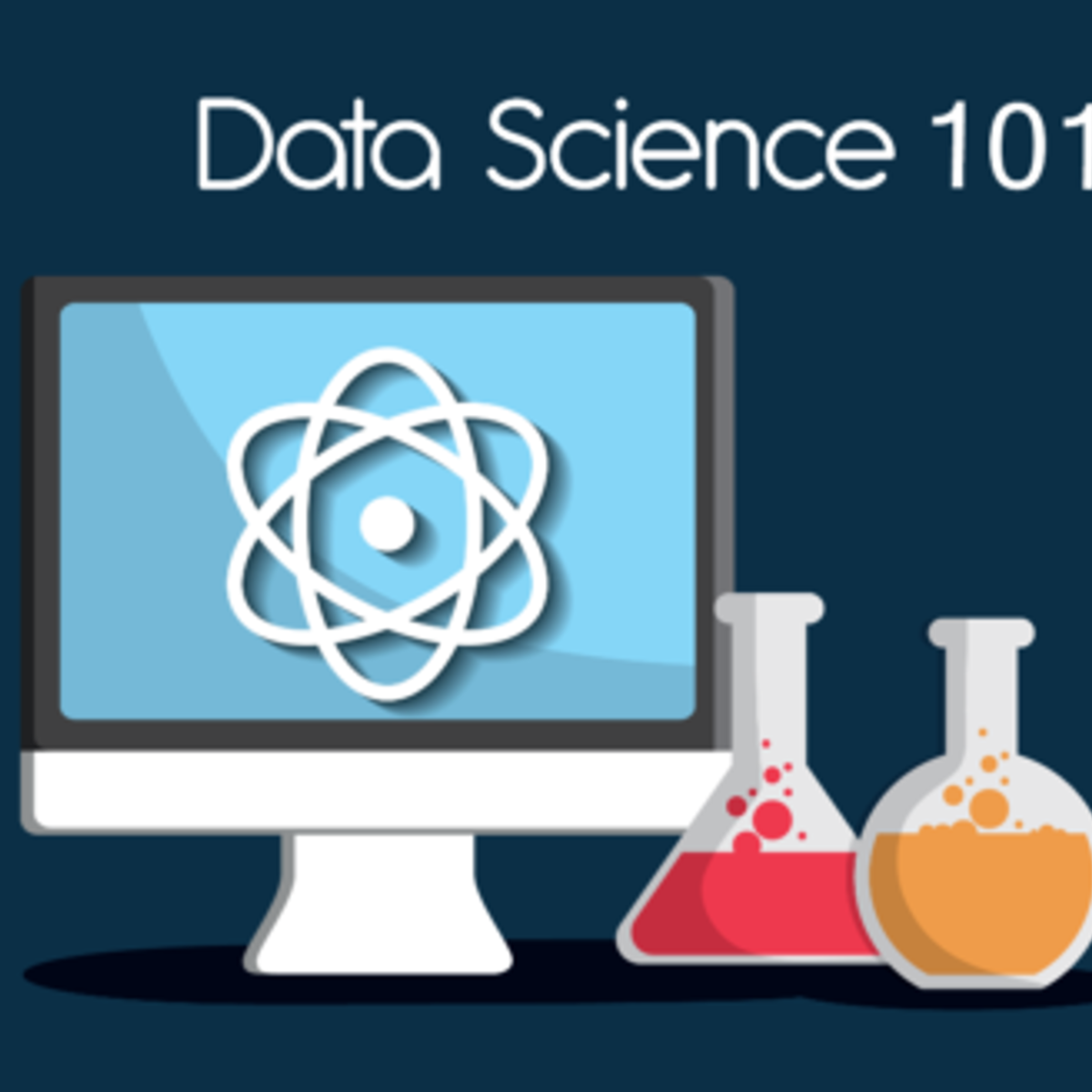


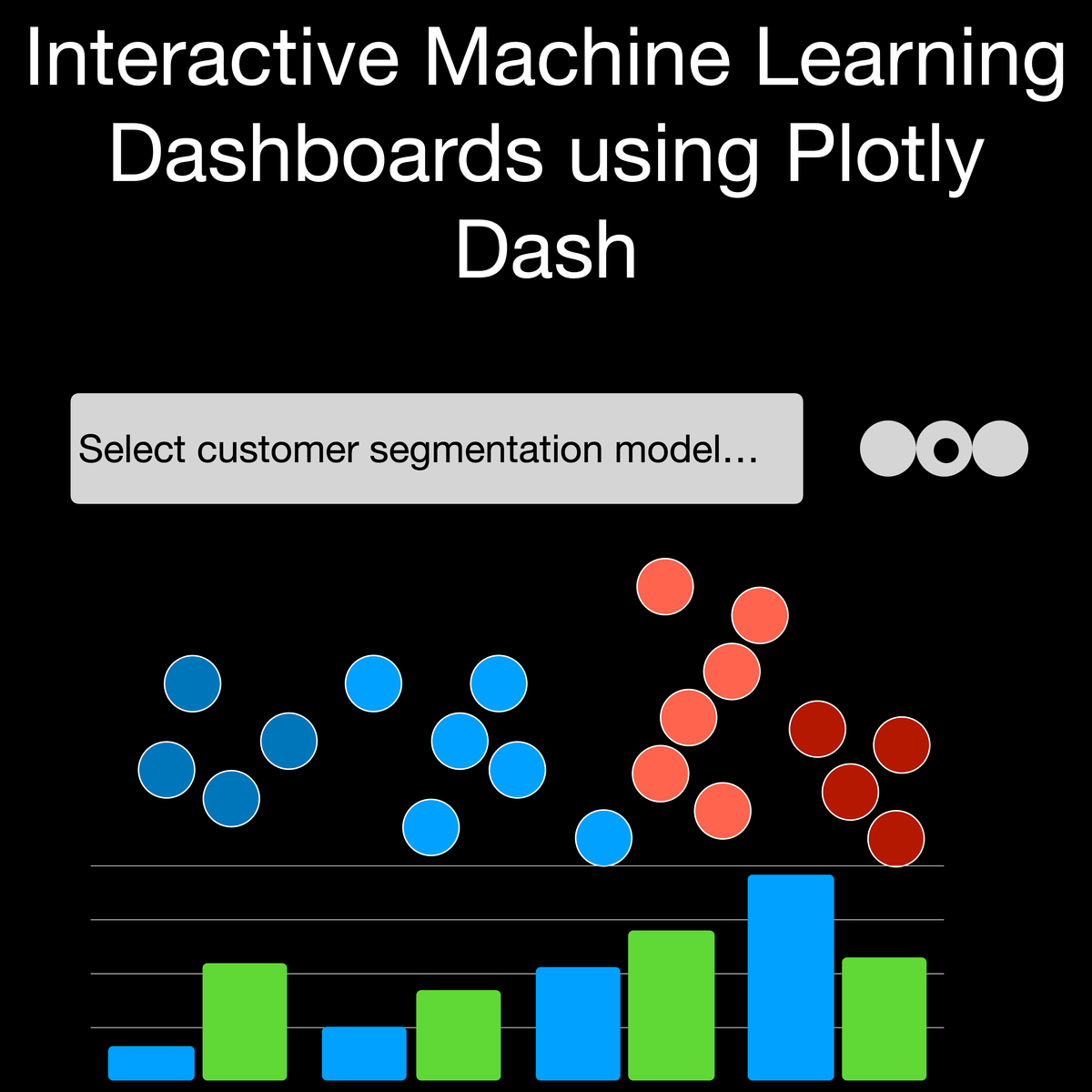
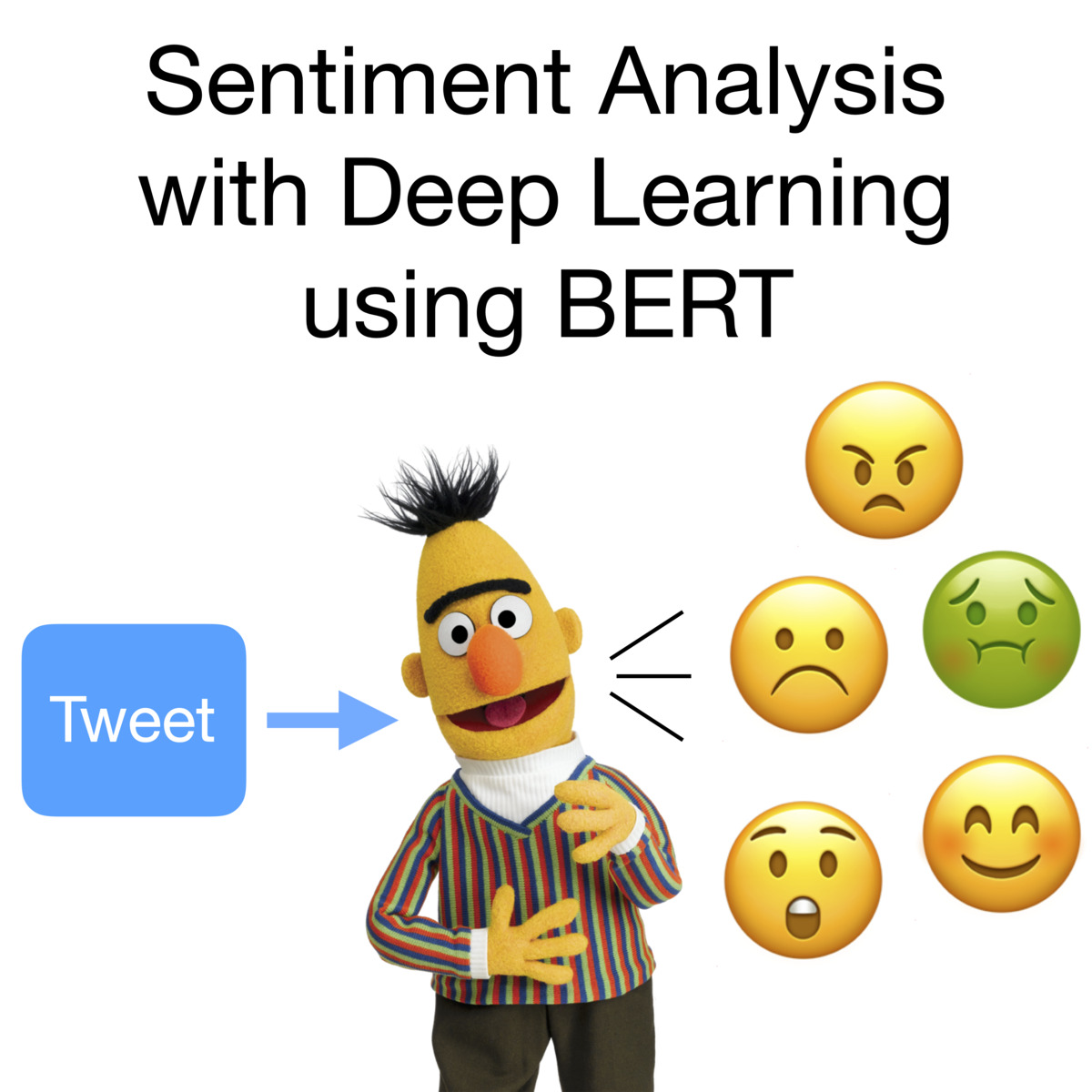

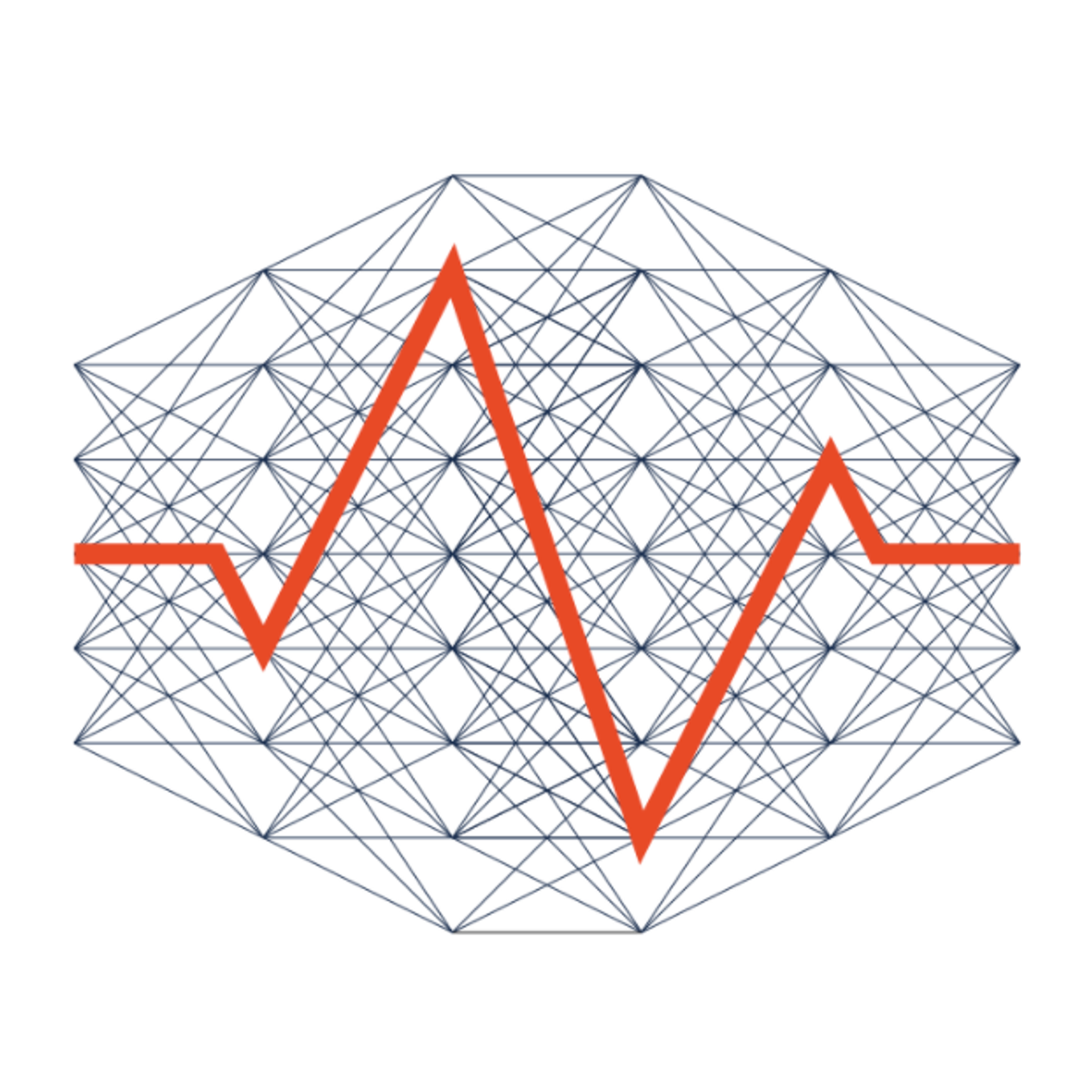
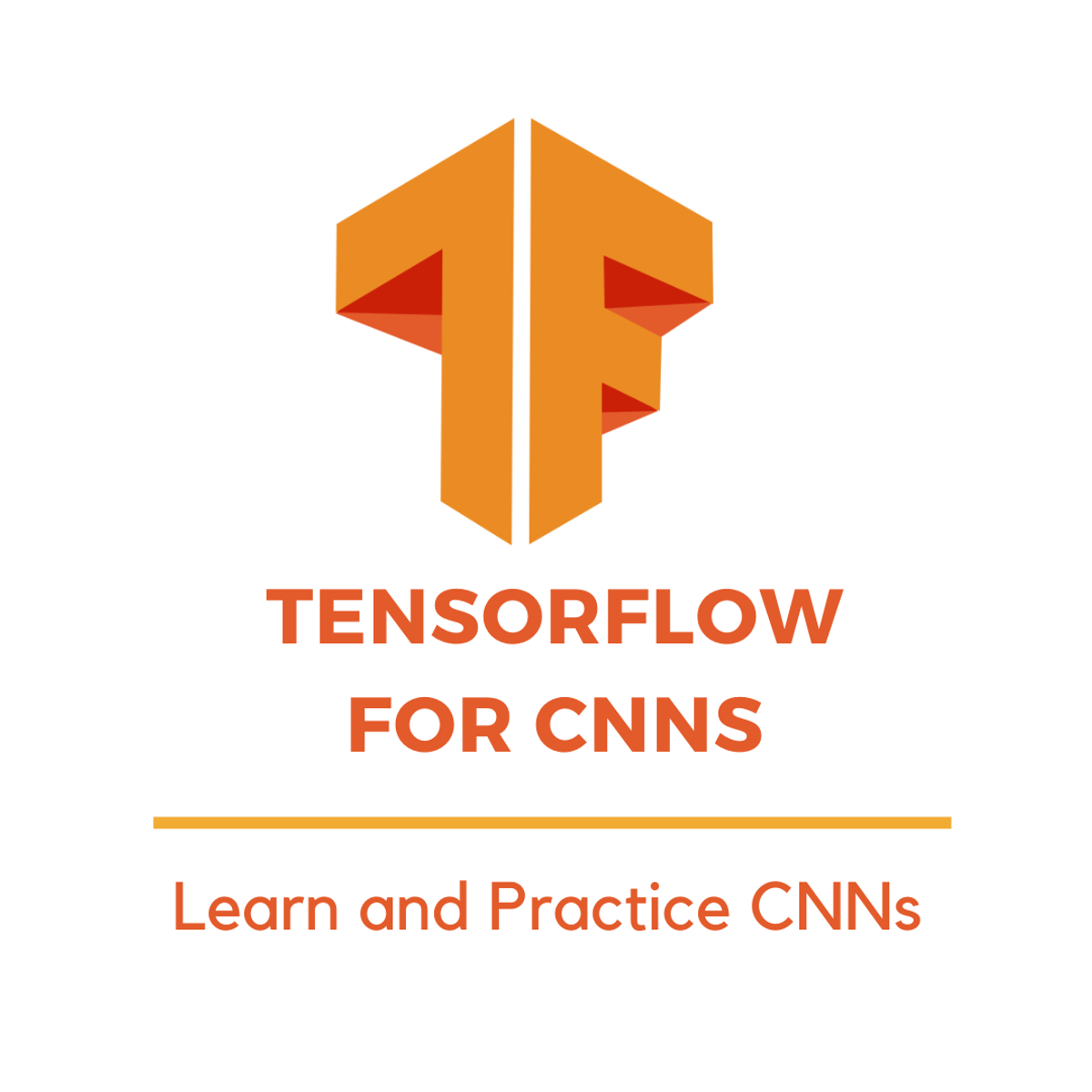

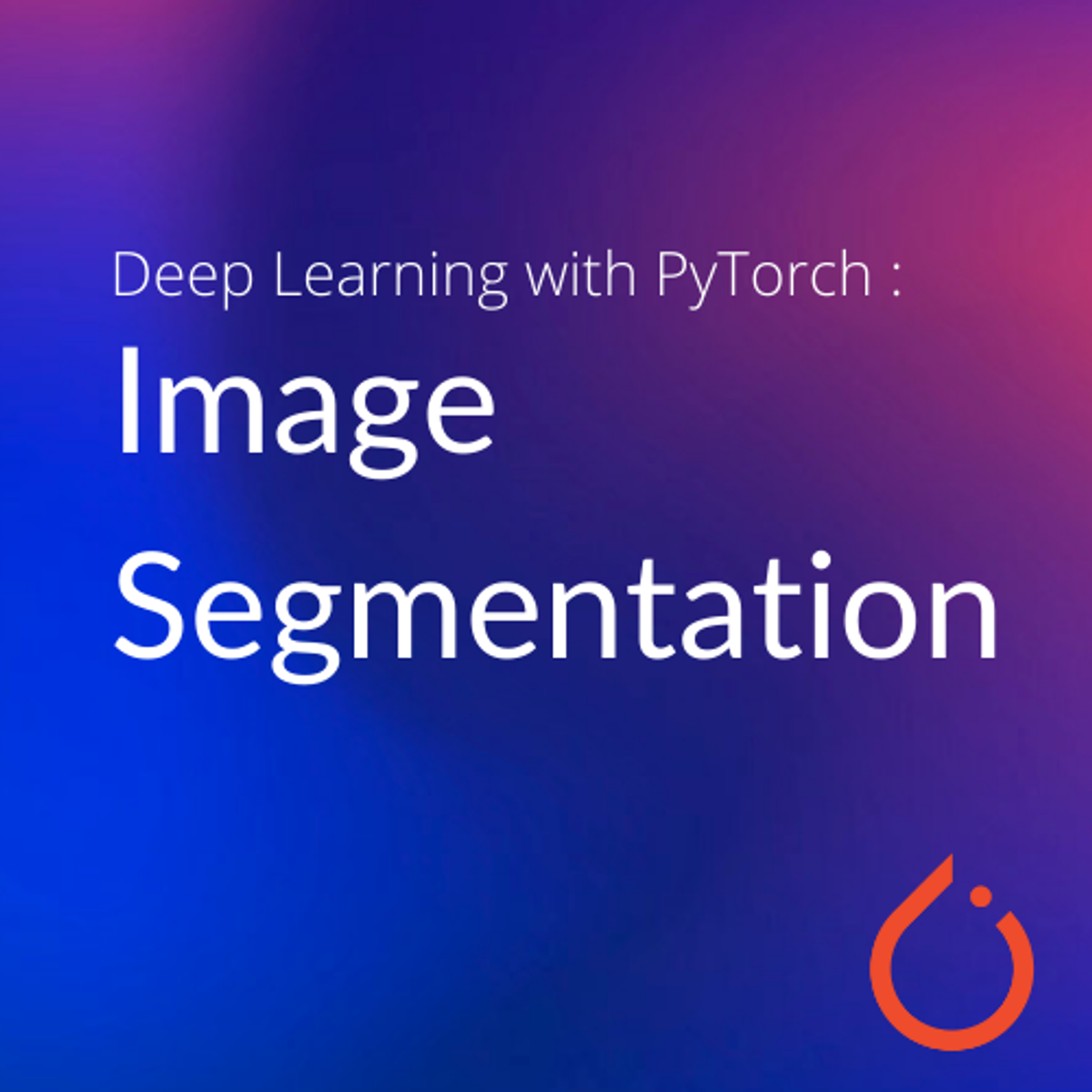
Machine Learning Courses - Page 3
Showing results 21-30 of 485

What is Data Science?
Do you want to know why Data Science has been labelled as the sexiest profession of the 21st century? After taking this course you will be able to answer this question, and get a thorough understanding of what is Data Science, what data scientists do, and learn about career paths in the field.
The art of uncovering the insights and trends in data has been around since ancient times. The ancient Egyptians used census data to increase efficiency in tax collection and they accurately predicted the flooding of the Nile river every year. Since then, people using data to derive insights and predict outcomes have carved out a unique and distinct field for the work they do. This field is data science.
In today's world, we use Data Science to find patterns in data, and make meaningful, data driven conclusions and predictions.
This course is for everyone, and teaches concepts like Machine Learning, Deep Learning, and Neural Networks and how companies apply data science in business.
You will meet several data scientists, who will share their insights and experiences in Data Science. By taking this introductory course, you will begin your journey into the thriving field that is Data Science!

Computer Vision in Microsoft Azure
In Microsoft Azure, the Computer Vision cognitive service uses pre-trained models to analyze images, enabling software developers to easily build applications"see" the world and make sense of it. This ability to process images is the key to creating software that can emulate human visual perception. In this course, you'll explore some of these capabilities as you learn how to use the Computer Vision service to analyze images.
This course will help you prepare for Exam AI-900: Microsoft Azure AI Fundamentals. This is the third course in a five-course program that prepares you to take the AI-900 certification exam. This course teaches you the core concepts and skills that are assessed in the AI fundamentals exam domains. This beginner course is suitable for IT personnel who are just beginning to work with Microsoft Azure and want to learn about Microsoft Azure offerings and get hands-on experience with the product. Microsoft Azure AI Fundamentals can be used to prepare for other Azure role-based certifications like Microsoft Azure Data Scientist Associate or Microsoft Azure AI Engineer Associate, but it is not a prerequisite for any of them.
This course is intended for candidates with both technical and non-technical backgrounds. Data science and software engineering experience is not required; however, some general programming knowledge or experience would be beneficial. To be successful in this course, you need to have basic computer literacy and proficiency in the English language. You should be familiar with basic computing concepts and terminology, general technology concepts, including concepts of machine learning and artificial intelligence.

Machine Learning with H2O Flow
This is a hands-on, guided introduction to using H2O Flow for machine learning. By the end of this project, you will be able to train and evaluate machine learning models with H2O Flow and AutoML, without writing a single line of code! You will use the point and click, web-based interface to H2O called Flow to solve a business analytics problem with machine learning.
H2O is a leading open-source machine learning and artificial intelligence platform trusted by data scientists and machine learning practitioners. It has APIs available in R, Python, Scala, and also a web-based point and click interface called Flow. H2O's AutoML automates the process of training and tuning a large selection of models, allowing the user to focus on other aspects of the data science and machine learning pipelines such as data pre-processing, feature engineering, and model deployment.
To get the most out of this project, we recommend that you have an understanding of basic machine learning theory, and have trained machine learning models.
Note: This course works best for learners who are based in the North America region. We’re currently working on providing the same experience in other regions.

Interactive Machine Learning Dashboards using Plotly Dash
In this 2 hour long project-based course, you will learn how to create an HTML outline of a Plotly Dash dashboard. You will design interactive dropdown lists, radio buttons, and most importantly, scatter plots and bar charts that respond to your mouse's hover. You will learn how to visualize dimensionality reduction results intuitively and interactively, and see how these models can be used in Customer Segmentation. Furthermore, we will discuss how to critically evaluate these models, and what to look out for in a well-performing model.
Note: This course works best for learners who are based in the North America region. We’re currently working on providing the same experience in other regions.

Sentiment Analysis with Deep Learning using BERT
In this 2-hour long project, you will learn how to analyze a dataset for sentiment analysis. You will learn how to read in a PyTorch BERT model, and adjust the architecture for multi-class classification. You will learn how to adjust an optimizer and scheduler for ideal training and performance. In fine-tuning this model, you will learn how to design a train and evaluate loop to monitor model performance as it trains, including saving and loading models. Finally, you will build a Sentiment Analysis model that leverages BERT's large-scale language knowledge.
Note: This course works best for learners who are based in the North America region. We’re currently working on providing the same experience in other regions.

AI Workflow: Enterprise Model Deployment
This is the fifth course in the IBM AI Enterprise Workflow Certification specialization. You are STRONGLY encouraged to complete these courses in order as they are not individual independent courses, but part of a workflow where each course builds on the previous ones.
This course introduces you to an area that few data scientists are able to experience: Deploying models for use in large enterprises. Apache Spark is a very commonly used framework for running machine learning models. Best practices for using Spark will be covered in this course. Best practices for data manipulation, model training, and model tuning will also be covered. The use case will call for the creation and deployment of a recommender system. The course wraps up with an introduction to model deployment technologies.
By the end of this course you will be able to:
1. Use Apache Spark's RDDs, dataframes, and a pipeline
2. Employ spark-submit scripts to interface with Spark environments
3. Explain how collaborative filtering and content-based filtering work
4. Build a data ingestion pipeline using Apache Spark and Apache Spark streaming
5. Analyze hyperparameters in machine learning models on Apache Spark
6. Deploy machine learning algorithms using the Apache Spark machine learning interface
7. Deploy a machine learning model from Watson Studio to Watson Machine Learning
Who should take this course?
This course targets existing data science practitioners that have expertise building machine learning models, who want to deepen their skills on building and deploying AI in large enterprises. If you are an aspiring Data Scientist, this course is NOT for you as you need real world expertise to benefit from the content of these courses.
What skills should you have?
It is assumed that you have completed Courses 1 through 4 of the IBM AI Enterprise Workflow specialization and you have a solid understanding of the following topics prior to starting this course: Fundamental understanding of Linear Algebra; Understand sampling, probability theory, and probability distributions; Knowledge of descriptive and inferential statistical concepts; General understanding of machine learning techniques and best practices; Practiced understanding of Python and the packages commonly used in data science: NumPy, Pandas, matplotlib, scikit-learn; Familiarity with IBM Watson Studio; Familiarity with the design thinking process.

Advanced Deep Learning Methods for Healthcare
This course covers deep learning (DL) methods, healthcare data and applications using DL methods. The courses include activities such as video lectures, self guided programming labs, homework assignments (both written and programming), and a large project.
The first phase of the course will include video lectures on different DL and health applications topics, self-guided labs and multiple homework assignments. In this phase, you will build up your knowledge and experience in developing practical deep learning models on healthcare data. The second phase of the course will be a large project that can lead to a technical report and functioning demo of the deep learning models for addressing some specific healthcare problems. We expect the best projects can potentially lead to scientific publications.

TensorFlow for CNNs: Learn and Practice CNNs
This guided project course is part of the "Tensorflow for Convolutional Neural Networks" series, and this series presents material that builds on the second course of DeepLearning.AI TensorFlow Developer Professional Certificate, which will help learners reinforce their skills and build more projects with Tensorflow.
In this 2-hour long project-based course, you will learn the fundamentals of CNNs, structure, components, and how they work, and you will learn practically how to solve an image classification deep learning task in the real world and create, train, and test a neural network with Tensorflow using real-world images, and you will get a bonus deep learning exercise implemented with Tensorflow. By the end of this project, you will have learned the fundamentals of convolutional neural networks and created a deep learning model with TensorFlow on a real-world dataset.
This class is for learners who want to learn how to work with convolutional neural networks and use Python for building convolutional neural networks with TensorFlow, and for learners who are currently taking a basic deep learning course or have already finished a deep learning course and are searching for a practical deep learning project with TensorFlow. Also, this project provides learners with further knowledge about creating and training convolutional neural networks and improves their skills in Tensorflow which helps them in fulfilling their career goals by adding this project to their portfolios.

Interpretable Machine Learning Applications: Part 4
In this 1-hour long guided project, you will learn how to use the "What-If" Tool (WIT) in the context of training and testing machine learning prediction models. In particular, you will learn a) how to set up a machine learning application in Python by using interactive Python notebook(s) on Google's Colab(oratory) environment, a.k.a. "zero configuration" environment, b) import and prepare the data, c) train and test classifiers as prediction models, d) analyze the behavior of the trained prediction models by using WIT for specific data points (individual basis), e) moving on to the analysis of the behavior of the trained prediction models by using WIT global basis, i.e., all test data considered.
Note: This course works best for learners who are based in the North America region. We’re currently working on providing the same experience in other regions.

Deep Learning with PyTorch : Image Segmentation
In this 2-hour project-based course, you will be able to :
- Understand the Segmentation Dataset and you will write a custom dataset class for Image-mask dataset. Additionally, you will apply segmentation augmentation to augment images as well as its masks. For image-mask augmentation you will use albumentation library. You will plot the image-Mask pair.
- Load a pretrained state of the art convolutional neural network for segmentation problem(for e.g, Unet) using segmentation model pytorch library.
- Create train function and evaluator function which will helpful to write training loop. Moreover, you will use training loop to train the model.
Popular Internships and Jobs by Categories
Find Jobs & Internships
Browse
© 2024 BoostGrad | All rights reserved